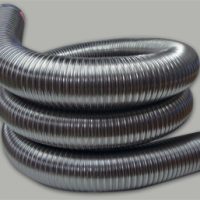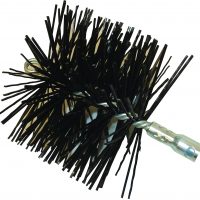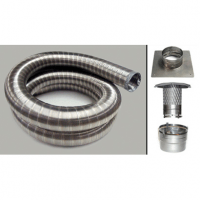If someone is looking for an environmentally friendly way to heat their home, they may want to consider replacing a forced-air furnace or boiler system that is powered by fossil fuels with one that is fueled using biomass fuel sources, such as pellet stoves. The most well known of all of these systems are those that use wood pellets as a fuel source but others are available that use the following as fuel sources:
- Solid wood pieces such as logs
Advantages to using biomass as a fuel source
There are many different advantages to the use of a biomass fuel source. One thing that many people appreciate is the fact that the fuel used to power them is often much more affordable than it would be to power a system with an equal amount of a fossil fuel. Here are a few other advantages to using biomass fuel sources to heat a person’s home.
- They are carbon neutral. As plants grow, they absorb carbon. The only carbon that is emitted when the fuel is burned is that which was absorbed while the fuel source was growing
- They can be produced locally. Corn and wood pellets are easy to produce locally and their sale supports the local economy. Because the fuel source does not need to be transported a long distance to get to the end user, it also cuts down on the amount of pollution linked to this fuel source
- The fuel is compact and easy to store. Corn and wood pellets are very easy to store. They are compact. Wood pellets contain very little moisture and can be stored for quite some time without worrying that they will break down
- They are renewable. Unlike fossil fuel, there is an unlimited source of biomass fuel available. Wood pellets can also be created using the waste from the lumber industry making it a very efficient and environmentally friendly fuel source
Types of biomass heating systems
There are many different types of biomass heating systems on the market. Stoves are available which can heat an entire home. This is done in a way that is very similar to a forced air furnace system. These heaters can often use direct venting systems making them easy to install in a variety of different settings. Boilers can also be used to heat water which will then be pumped through radiators or through radiant heating systems.
Pellet Stoves need Chimney Liners
If you are considering a biomass heating system for your home you may want to see which systems are available in your area and choose the system that meets your needs the best.






